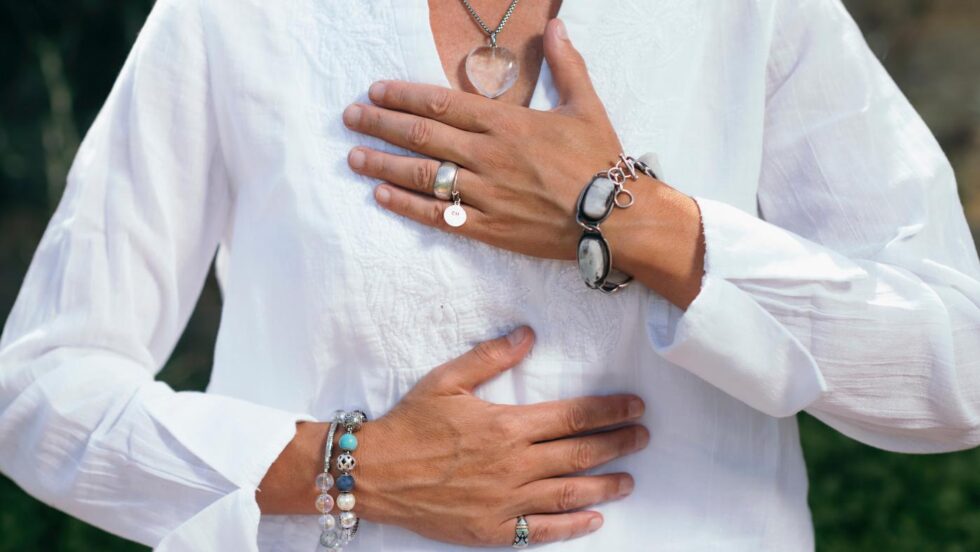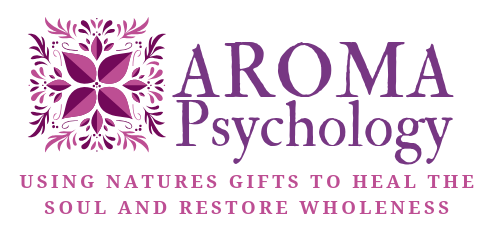
Can Aromatherapy Aid Emotional Healing After Trauma? A Deep Dive into the Healing Power of Scent
A Deep Dive into the Healing Power of Scent
Trauma, like a fierce storm, can leave its mark on the landscape of our minds and bodies. It churns up our emotional equilibrium and clouds our sense of safety, often leaving us navigating the murky waters of anxiety, depression, and post-traumatic stress disorder (PTSD). Yet, as with the storm’s aftermath, from these trying times can spring the seeds of healing and renewal. One such seed lies in the art and science of aromatherapy.
Aromatherapy, a millennia-old practice, whispers the secrets of healing through the language of scent. It uses the aromatic essences of plants, encapsulated in essential oils, to soothe, invigorate, and restore balance to our body and mind. But can it specifically aid emotional healing after trauma? Let’s embark on this aromatic journey to uncover the potential of aromatherapy in trauma recovery.
A Symphony of Scent: Aromatherapy and the Brain
Our sense of smell is a bridge connecting our external world with the inner realms of our brain, and hence, our emotions. The olfactory system, the maestro of this bridge, sends each aromatic note directly to our brain’s emotional and memory hubs – the amygdala and hippocampus. This intimate connection renders aromatherapy a powerful tool for emotional healing.
Harnessing Aromatherapy for Trauma Recovery
The aftermath of trauma often finds us adrift in a sea of tumultuous emotions. Fear, anxiety, depression, and insomnia can become unwelcome passengers on our healing journey. Aromatherapy, with its library of essential oils, offers a way to navigate these emotional waves.
- Calming the Storm: Anxiety and Stress Relief Essential oils like Lavender, Chamomile, and Bergamot, often hailed as the tranquil trio, can help quiet the storm of anxiety. Diffusing these oils in your living space, adding a few drops to a warm bath, or simply inhaling their aroma from a handkerchief can create an oasis of calm amidst the chaos.
- Lifting the Clouds: Alleviating Dark Mood Citrus oils such as Bergamot, Orange, and Lemon, are like liquid sunshine that can help dispel the the dark clouds. Their uplifting notes can be woven into your day through diffusing, direct inhalation, or by adding a few drops to your morning shower for a sunny start to your day.
- Restoring the Night’s Peace: Combating Insomnia Sleep issues often follow in trauma’s wake. Essential oils like Lavender, Vetiver, and Ylang Ylang can be your nocturnal allies, promoting relaxation and sleep. Create a pre-sleep ritual by diffusing these oils in your bedroom, adding them to a pre-bedtime bath, or blending them into a massage oil for a relaxing rubdown.
While aromatherapy can provide this emotional support, it’s crucial to remember that it does not replace professional mental health care, but can be a powerful adjunct therapy on your healing journey.
Breathwork and Aromatherapy: A Symbiotic Duo for Healing
Breathwork, much like aromatherapy, is an ancient practice that harnesses a fundamental aspect of our being – our breath. By consciously altering our breath, we can impact our nervous system, inviting a sense of calm and safety. Combined with the emotional benefits of aromatherapy, a tailored breathwork practice can further enhance emotional release and healing after trauma.
Here is a simple yet powerful breathwork technique known as ‘Box Breathing’ that you can incorporate into your aromatherapy routine. This practice promotes balance in the nervous system and fosters a sense of safety and grounding.
Box Breathing Practice with Aromatherapy:
- Preparation: Find a quiet and comfortable place where you can sit undisturbed for a few minutes. Diffuse your chosen essential oil in the room. For this practice, grounding oils like Cedarwood, Vetiver, or Frankincense can enhance the sense of safety and stability.
- Connect: Put one hand on the center of your chest to connect to your heart center and emotions and another hand on your solar plexus to connect to your bodies wisdom.
- Inhale: Close your eyes and take a slow, deep breath through your nose, mentally counting to four. Visualize the air filling your lungs, carrying with it the healing aroma of the essential oil.
- Hold: Hold your breath for a count of four. Imagine the aromatic molecules interacting with your body at a cellular level, promoting healing and relaxation.
- Exhale: Slowly exhale through your nose for a count of four, envisioning any tension, fear, or distress leaving your body with the breath.
- Hold: Hold your breath again, this time at the end of the exhale, for a count of four. In this moment of stillness, visualize a sense of calm and safety enveloping you.
- Repeat: Continue this cycle for a few minutes or until you begin to feel a sense of calm and grounding.
This breathwork practice, alongside aromatherapy, provides a dual approach to restoring balance after trauma. The rhythmic pattern of box breathing can pacify the fight or flight response, inviting the nervous system back into a state of balance, while the aromatic oils provide emotional support. This synergistic duo, like two dancers moving in harmony, can usher in a sense of safety, facilitating emotional release and setting the stage for deeper healing.
Remember, healing is not a linear journey, and it’s okay to seek professional help when needed. Breathwork and aromatherapy are adjunct practices that can complement professional mental health care. Embrace your healing journey with patience and self-compassion, knowing that each step, each breath, brings you closer to emotional balance and wellbeing.
The Importance of Essential Oil Quality
As with any healing tool, quality matters immensely in aromatherapy. Consider essential oils as the bottled soul of a plant. To capture their full therapeutic potential, it’s vital to choose oils that have been extracted using appropriate methods and haven’t been adulterated or diluted. High-quality, pure essential oils hold the plant’s full aromatic and therapeutic profile, thereby rendering the most significant benefit to mind, body, and emotions.
Navigating the Aromatic Journey: Safety and Personalization
Remember, your journey with aromatherapy is as unique as your fingerprint. Different oils may resonate differently with each person, and it’s vital to honor your individual response. Start slow, listen to your body, and adjust your aromatic companions as needed. Also, be aware of safety guidelines, especially if you’re pregnant, have specific medical conditions, or are using them around children or pets.
In Conclusion
Aromatherapy, in its delicate balance of art and science, offers a gentle, yet potent, tool to support emotional healing after trauma. As we journey through the healing process, let us remember that like the forest after the storm, we too hold within us the capacity to heal, grow, and flourish. With each inhale of these aromatic essences, we invite the possibility of emotional restoration, and with each exhale, we release what no longer serves us, embarking on a fragrant path towards healing and wholeness.

Add A Comment